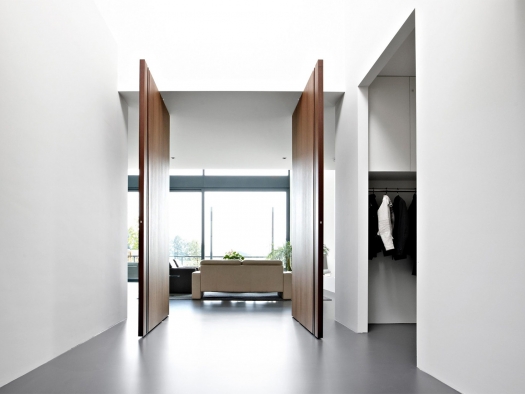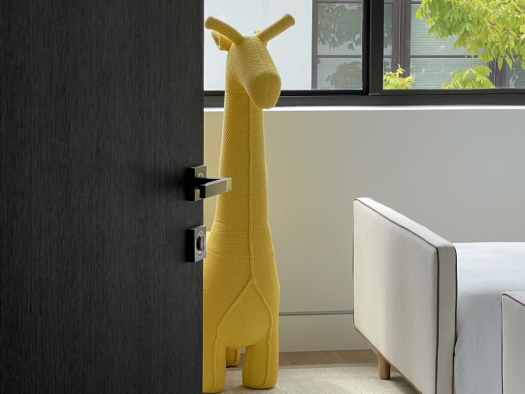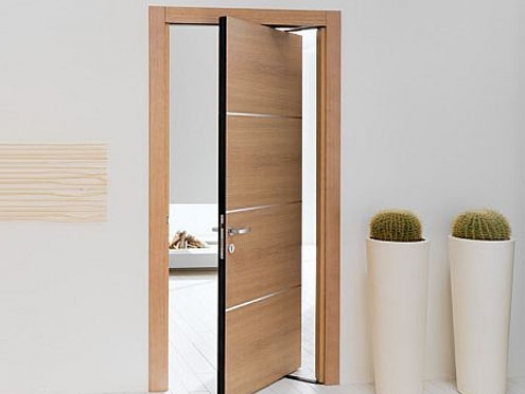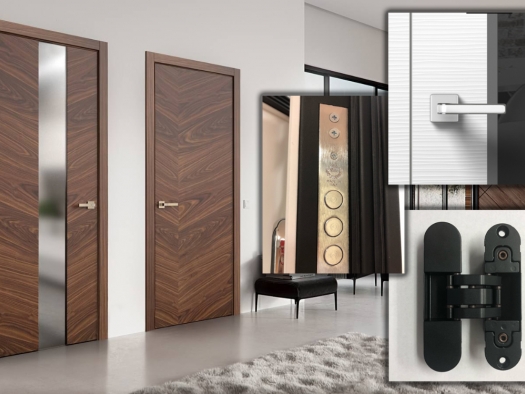- The Importance of Choosing Interior Doors Considering Regional Climate Features
- The Impact of Climate on Doors: Key Aspects
- Considering Climate Features When Choosing and Installing Doors
- Thoughtful Solutions for Adapting Doors to Seasonal Changes
- Practical Tips for Choosing and Installing Interior Doors for Different Climate Zones
- Door Care and Maintenance Depending on the Climate
- The Importance of Proper Door Selection and Installation Considering Regional Climate Features for Durability and Comfortable Living
The Importance of Choosing Interior Doors Considering Regional Climate Features
Choosing interior doors is significant not only from an aesthetic point of view but also from a practical one, especially when considering the climatic features of your region. Climate can greatly impact doors, causing deformation, corrosion, or other issues. In this article, we will examine the influence of climate on doors, the different types of materials and constructions adapted to various climatic conditions, and practical tips for selecting and installing interior doors to ensure comfortable and long-lasting use.
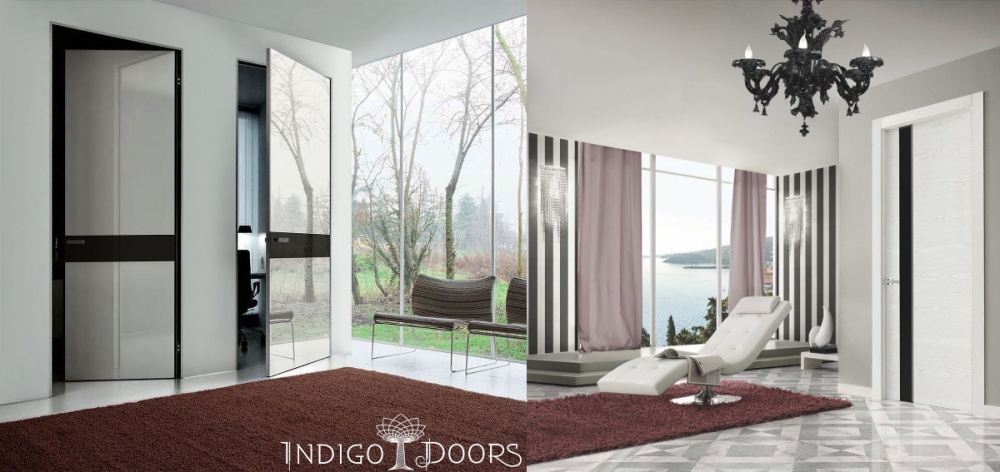
The Impact of Climate on Doors: Key Aspects
Climatic conditions can significantly affect interior doors. Extreme temperatures, high humidity, aggressive precipitation, and ultraviolet radiation can cause deformation, fading, mold, rot, or corrosion of door materials. Therefore, when choosing doors, it is crucial to consider the climatic features of your region and prefer materials that can effectively withstand such conditions.
Extreme Temperatures: The Strains Doors Face in Different Climatic Conditions
In different climatic zones, doors are subjected to various strains due to extreme temperatures. In cold regions, wooden doors may contract or expand, leading to sticking or damage. On the other hand, metal doors can become cold and susceptible to corrosion. In hot climates, metal doors can overheat. Selecting the right materials and constructions can help minimize the impact of extreme temperatures on doors.
Humidity and Precipitation: Protection Against Mold, Rot, and Corrosion
High humidity and abundant precipitation can lead to mold, wood rot, metal rust, or other problems. When choosing doors, it is important to pay attention to the moisture resistance of the materials and prefer constructions with protective coatings or treatments that can prevent these issues.
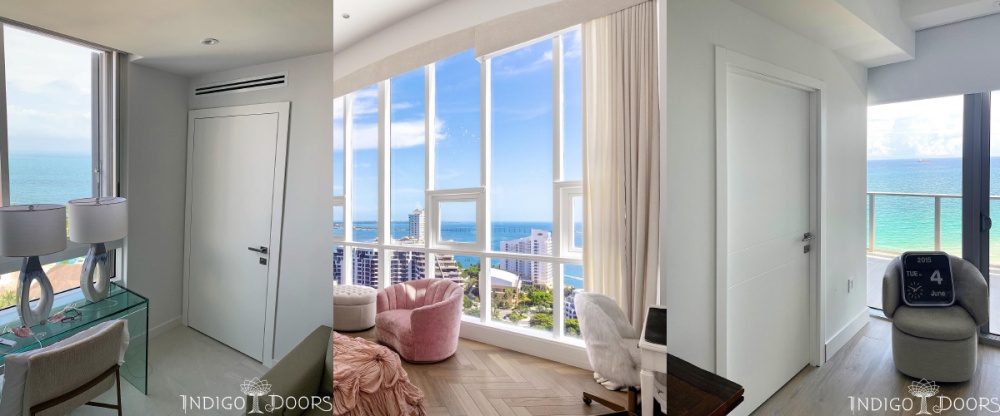
Materials and Constructions of Doors Adapted to the Climate
When choosing doors for a specific climate, it is essential to consider the specifics of materials and constructions. Wooden doors can be made from various types of wood, each with different resistance to moisture and temperature fluctuations. Metal doors should have special coatings or protective layers to prevent corrosion. Plastic doors must be resistant to ultraviolet radiation and temperature fluctuations to maintain their color stability.
Wooden Doors: Types of Wood and Treatment Methods for Different Climate Zones
Wooden doors are a popular choice due to their aesthetic appeal and warm feel. However, for different climate zones, it is necessary to choose appropriate types of wood and treatment methods. For instance, in humid climates, it is recommended to use oak, cedar, or teak, as these woods have high resistance to moisture. To ensure the longevity of wooden doors in arid or cold climates, choose woods that can withstand temperature fluctuations without warping.
Metal Doors: Special Coatings and Corrosion Protection in High Humidity or Aggressive Precipitation Conditions
Metal doors are a durable and long-lasting choice, especially in conditions of high humidity or aggressive precipitation. To protect against corrosion, it is advisable to choose doors with special protective coatings, such as powder coating or galvanic coating. These measures will help prevent rust and maintain the appearance of the doors for many years.
Plastic Doors: Resistance to Ultraviolet Radiation and Temperature Fluctuations
Plastic doors are well-suited for regions with strong solar radiation and significant temperature fluctuations. They have high resistance to ultraviolet radiation, do not fade in the sun, and retain their shape even with significant temperature changes. It is important to choose high-quality plastic doors with reinforced structures to ensure durability and reliability in extreme climatic conditions.
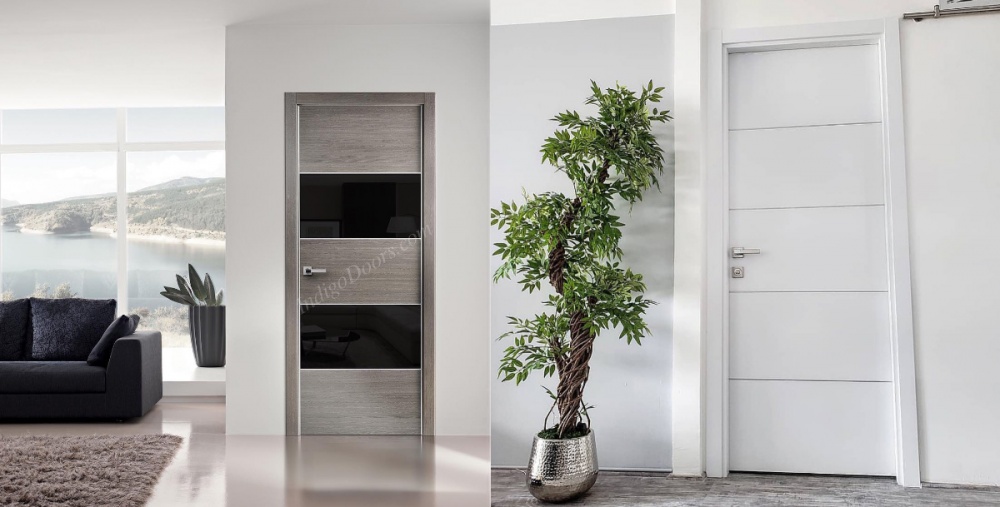
Considering Climate Features When Choosing and Installing Doors
When selecting and installing doors for your region, it is essential to consider all climate features. Pay attention to the following points:
- Type of Climate: Determine whether your region is arid, humid, with cold winters, or hot summers.
- Materials: Choose door materials that can effectively handle your climate's characteristics.
- Construction: Opt for doors with good thermal insulation and moisture resistance.
- Regional Zoning: How to Determine the Right Type of Doors for Your Climate
Zoning your region by climate features will help you determine the most suitable type of doors. Different climate zones require different approaches to selecting door materials and constructions. For example, regions with harsh winter conditions are best suited for doors with good thermal insulation, while humid zones require materials resistant to moisture and mold.
Energy Efficiency: The Importance of Insulation for Maintaining a Comfortable Indoor Climate
The energy efficiency of doors plays a key role in maintaining a comfortable indoor climate and saving energy resources. By choosing doors with good thermal insulation, you will reduce heating costs in winter and keep your home cool in summer. It is important to consider the shrinkage coefficient and the effort needed to open the door in extreme heat or cold conditions.
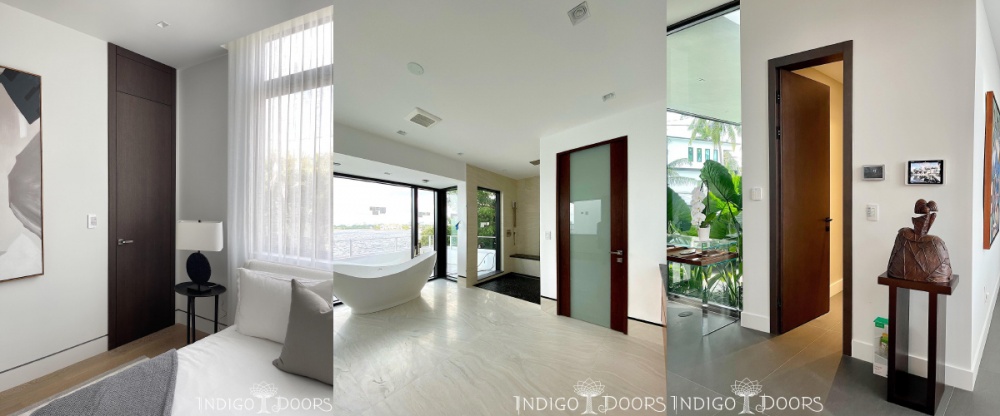
Thoughtful Solutions for Adapting Doors to Seasonal Changes
Seasonal changes can significantly affect doors in a home due to temperature and humidity fluctuations. Thoughtful solutions, such as installing adjustable seals or using special thermal insulation materials, can help adapt doors to seasonal changes. This will provide additional protection against temperature swings and prevent potential damage.
Adjustable Seals and Ventilation Systems: Ensuring Air Circulation and Preventing Condensation
Adjustable seals and ventilation systems play a crucial role in ensuring air circulation and preventing moisture condensation inside a room. This is especially important in conditions of high humidity or temperature fluctuations. Reliable ventilation helps maintain an optimal microclimate and reduces the risk of door damage.
Thermal Insulation Materials: Creating a Barrier Against Temperature Fluctuations
Using thermal insulation materials in door construction is vital for creating a barrier against temperature fluctuations. Effective thermal insulation layers help maintain a comfortable interior door temperature, reducing heating and cooling costs. When choosing doors, pay attention to the presence of high-quality thermal insulation materials that provide reliable protection against external climatic impacts.
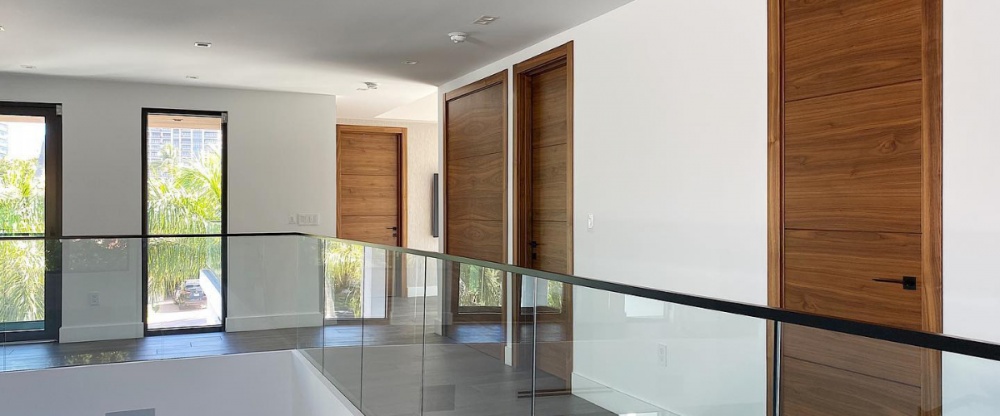
Practical Tips for Choosing and Installing Interior Doors for Different Climate Zones
When choosing and installing interior doors for different climate zones, follow these practical tips:
- Research Climate Features: Study your region's climate type and determine the most suitable door materials and constructions.
- Consult Professionals: When selecting and installing doors, consult experienced specialists who can offer optimal solutions for your region.
- Consider Seasonal Changes: Anticipate possible climate changes in different seasons and choose doors that can adapt to seasonal conditions.
Selecting Quality Materials and Hardware
Choosing quality materials and hardware is crucial for ensuring the longevity and reliability of doors in various climate zones. Select materials that are highly resistant to moisture, ultraviolet radiation, and temperature changes. Quality hardware will ensure smooth and reliable door operation for many years.
Key Points for Installation Considering Climate Features
When installing interior doors with consideration of climate features, pay attention to the following key points:
- Quality Installation: Ensure high-quality door installation, considering the climate characteristics of your region.
- Use of Seals: Install effective seals to provide reliable protection against moisture, cold, and heat.
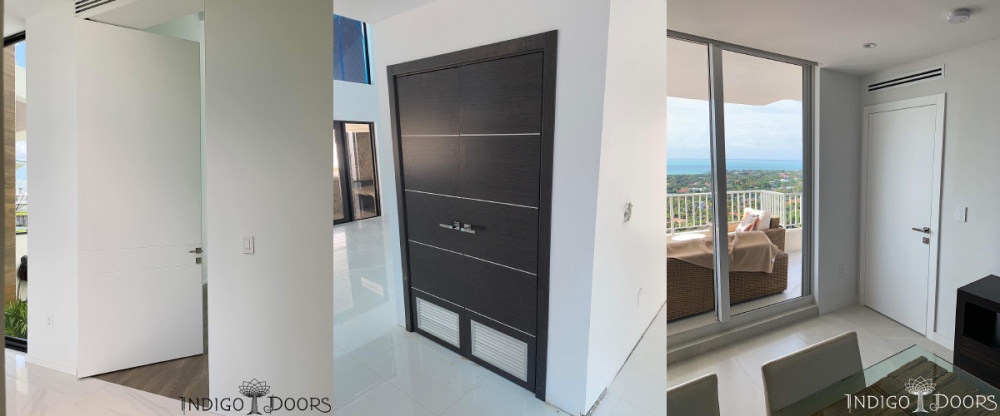
Door Care and Maintenance Depending on the Climate
Effective care and maintenance of doors are crucial for their longevity, especially in variable climates. Depending on your region's climate features, follow these maintenance measures:
- Regular Cleaning: Regularly clean doors of dust and dirt, especially in conditions of high humidity or pollution.
- Use of Protective Agents: Apply specialized care products for door materials (e.g., wax for wood or anti-corrosion agents for metal doors).
- Inspection for Damage: Regularly inspect doors for damage or wear and perform necessary repairs promptly.
Regular Inspection for Damage and Wear
In variable climates, it is particularly important to regularly check the condition of doors for damage or wear. Potential issues, such as metal corrosion, discoloration, or material deformation, should be identified and addressed early to prevent serious damage and extend the doors' lifespan.
Maintaining Door Functionality with Specialized Care Products
Using specialized care products helps maintain the functionality and attractive appearance of doors in changing climates. Choose products recommended by door material manufacturers and follow their application instructions for optimal results.
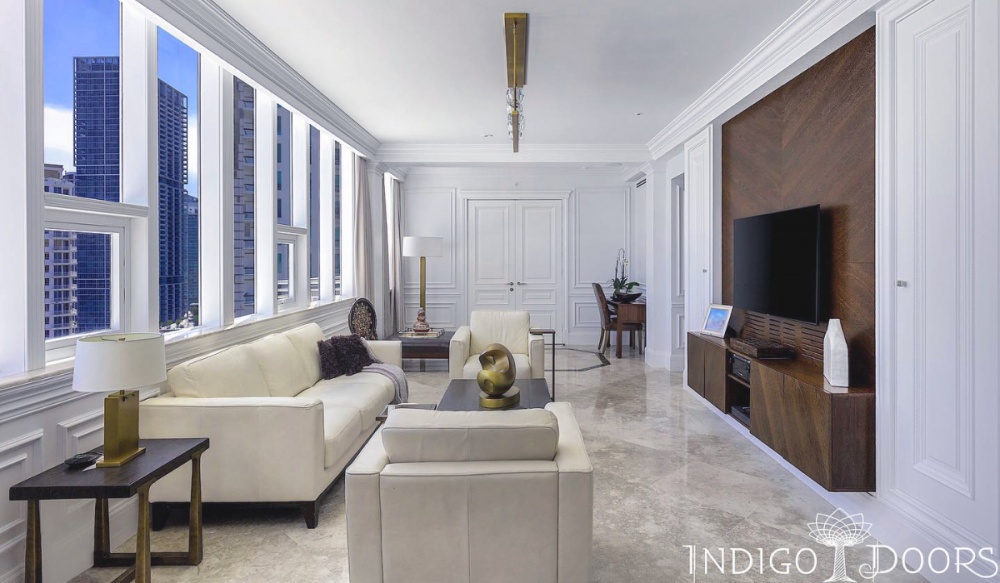
The Importance of Proper Door Selection and Installation Considering Regional Climate Features for Durability and Comfortable Living
In conclusion, the proper selection and installation of interior doors considering regional climate features are crucial for ensuring durability and comfortable living. Adapting doors to the climate helps prevent early wear, reduce repair costs, and maintain an optimal indoor climate. Consult specialists and consider your region's features when choosing doors to enjoy their reliability and functionality for many years.


